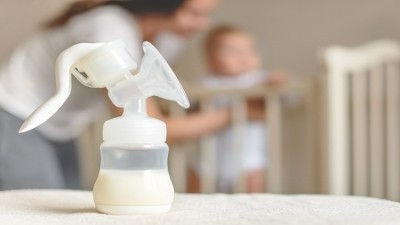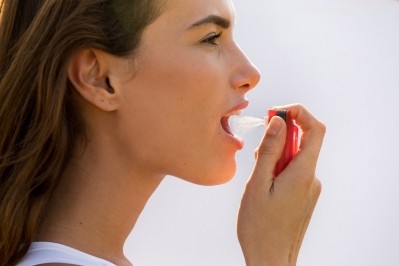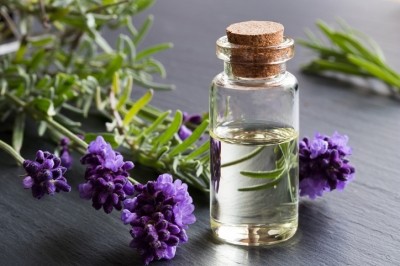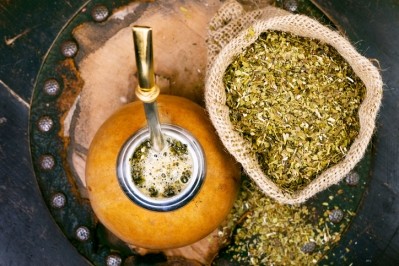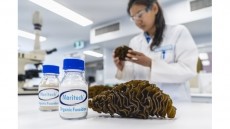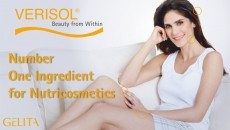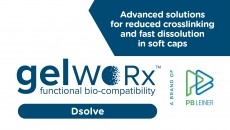ENCAPSULATION TECHNOLOGIES: BEYOND SUPPLEMENTS
Nano encapsulation of peppermint oil delivers antibacterial wound healing prowess: Study
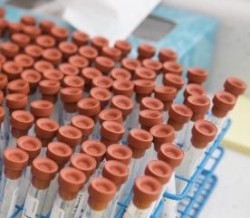
An Iranian team point to the benefits a hot melt homogenised nanostructured lipid carrier (PEO-NLC) has in overcoming the hydrophobic and volatile nature of essential oils such as PEO.
The team also observed antibacterial activity against positive and negative bacteria, accelerating the healing process of the infected wound by decreasing tissue bacterial count and fluid score.
“The PEO-NLC accelerated the healing process of the infected wound model by decreasing the tissue bacterial count and oedema score,” the paper said.
“Moreover, corresponding increases are achieved in neovascularisation, fibroblasts infiltration, collagen synthesis and wound contraction ratio. Thus, loading PEO into NLCs is an appropriate strategy for producing topical formulations for wound healing.”
The findings provide a viable alternative to synthetic chemical products that are currently used for wound healing. However, their uses are limited due to the complications and side effects.
Essential oils, while possessing antioxidant and anti-inflammatory properties, are limited in their application due to environment sensitivity, poor membrane permeability, high volatility and lipophilicity.
A solution to these issues are nanocarriers, which the research team believe could increase their affinity to the targets, enhance their penetration, and accelerate their accumulation process in different types of cells.
The use of NLCs in particular is intriguing as nanocarriers have been use to deliver lipophilic and hydrophilic drugs, increasing drug stability/bioavailability, increasing safety standards in the process.
Study process
Here the team, based at Islamic Azad University in Iran, carried out an in vitro study in which the PEO and PEO-NLC were tested for antibacterial activities against a number of antibacterial species.
These included Escherichia coli, Salmonella typhimurium, Pseudomonas aeruginosa, Staphylococcus aureus, Staphylococcus epidermidis, Bacillus anthracis, Staphylococcus pneumonia, and Listeria monocytogenes.
In the second part of the study, the team also performed an in vivo study, where two full-thickness wounds measuring 5 mm were induced in each mouse and inoculated with Pseudomonas aeruginosa and Staphylococcus aureus.
The animals were placed into four groups as control, Mupirocin (a topical antibiotic used for superficial skin infections) PEO, and PEO-NLC.
Wound contraction, bacterial count and molecular analyses were performed on these mice.
Particle size analyses showed that all the fabricated PEO-NLC were in the range from 40 to 250 nanometres (nm).
“In vitro analysis showed that PEO and PEO-NLC have similar antibacterial activities against S. epidermidis, S. aureus, L. monocytogenes, E. coli, and P. aeruginosa species,” the study concluded.
“In vivo analysis showed that wound contraction rate, fibroblast infiltration and collagen deposition, were increased in PEO and PEO-NLC-treated animals compared to the control group.
“Our results suggest the efficacy of PEO-NLC in order to treat an infected wound model and can provide an appropriate strategy for producing topical formulations.”
Degree of resistance?
Despite the findings’ promise, the team pointed out that B. anthracis, S. typhimurium, and S. pneumonia exhibited a degree of resistance to PEO and PEO-NLC.
“Gram-positive bacteria are known to have more susceptibility to the nanoemulsions,” the team said.
“However, conflicting results were observed among positive bacteria as some bacteria showed the most sensitivity, which can be due to the differences of the cell membranes.”
The paper went on to identify gram-positive bacteria as having more sensitivity when compared to negative-gram bacteria due to having lipophilic ends thereby promoting the infiltration of hydrophobic compounds.
The Iranian team also thought PEO-NLC reduced the inflammatory phase by decreasing bacterial count and tissue inflammation.
They highlighted that the stage was characterised by angiogenesis, rapid cellular proliferation, and collagen deposition
“Angiogenesis provides essential nutrients and oxygen during the wound healing process and also stimulate the formation of granulation tissue,” they added.
Source: Colloids and Surfaces A: Physicochemical and Engineering Aspects
Published online: doi.org/10.1016/j.colsurfa.2018.12.043
“Encapsulation of Peppermint essential oil in nanostructured lipid carriers: In-vitro antibacterial activity and accelerative effect on infected wound healing.”
Authors: Mohsen Ghodrati, Mohammad Reza Farahpour, Hamed Hamishehkar
